Content by Russ Daly

Telemedicine Keeps Mixed-Animal Veterinarians Connected
March 31, 2021
Smart phones have helped South Dakota veterinarians assist clients through blizzards and busy calving seasons, but clinics may need to revisit service offerings, client expectations.
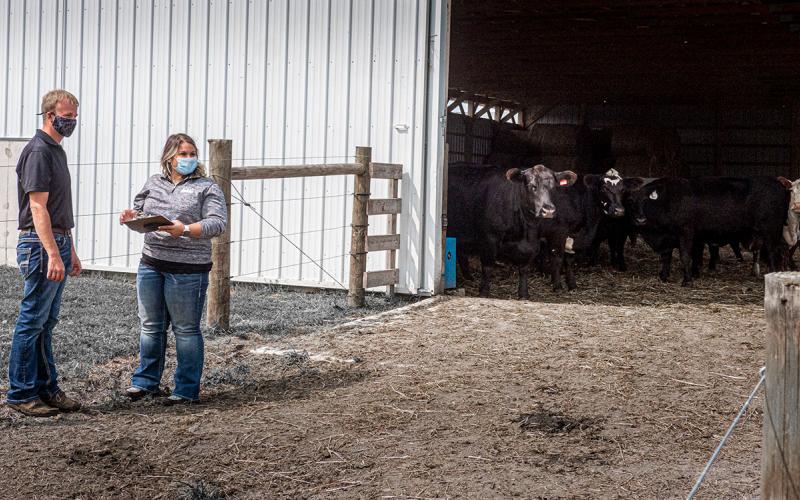
Biosecurity for Beef Cow-Calf Operations: Managing the Entry of New Animals
Infectious disease can impact cow-calf operations in dramatic ways. These steps should be considered the minimum standards for introducing new animals into cow-calf operations to avoid the spread of infectious disease.
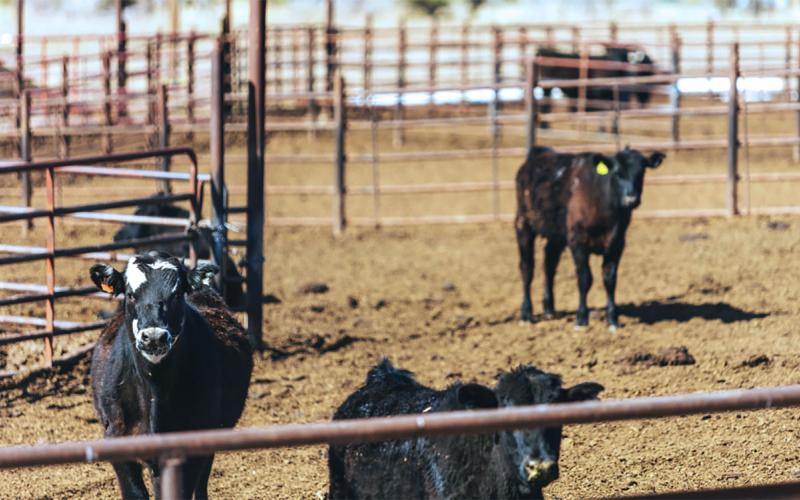
Cryptosporidiosis: A Potential Source of Illness in Calves and People Alike
Cryptosporidiosis is a pertinent example of a disease with zoonotic potential: one that can be passed from animals to people. Dairy and beef producers should consider the potential for Cryptosporidiosis to impact their animals, employees and family members.
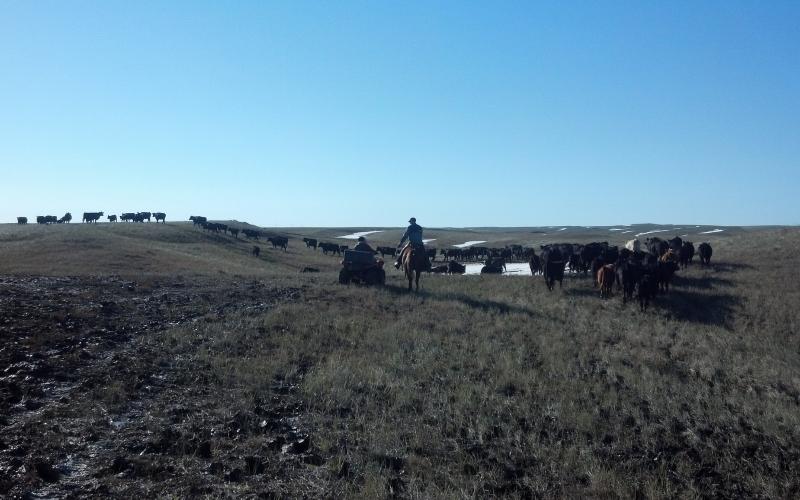
Late-Term Reproductive Losses in Beef Cattle: Diagnosing the Cause
Reproductive losses account for $1 billion in lost revenue to the beef industry each year. With cattle reproduction, focusing on what we can control and diagnose is the key to avoiding these losses.
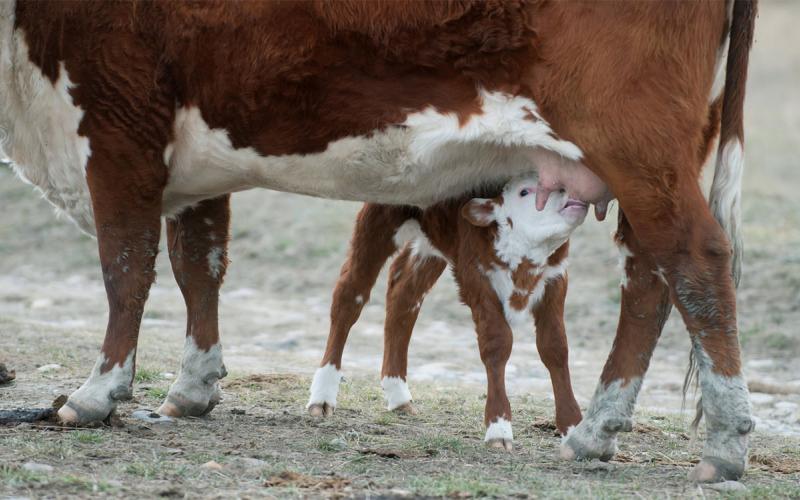
Updated Guidelines for Monitoring Colostrum Consumption and Antibody Transfer in Calves
Dairy and beef producers have long understood the importance of colostrum for the short- and long-term health of their calves. Calf health experts have determined the minimum level of serum protein to categorize a calf as having received sufficient colostrum.
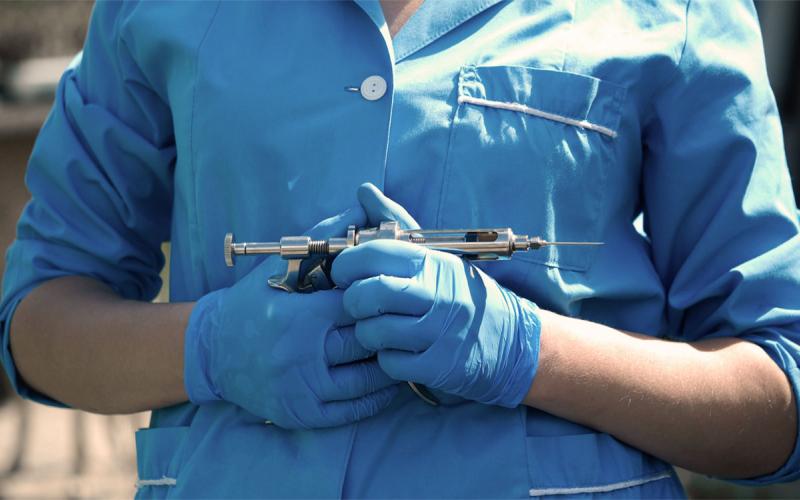
How Are COVID-19 Vaccines Different From Those We Use in Animals?
Animal caretakers understand the concept of vaccines, whether they’re used to keep groups of livestock healthy or pets safe from diseases. So how are COVID-19 vaccines different from the ones livestock producers are used to?
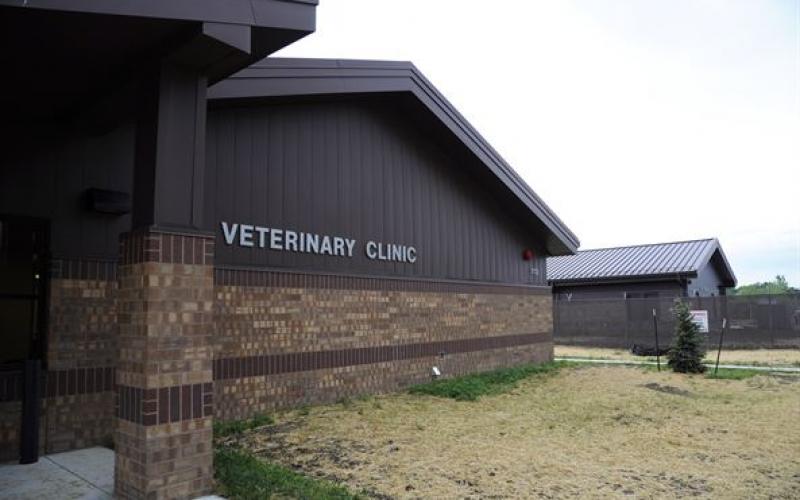
Veterinary Feed Directive: What You Can’t Do With a VFD
Livestock producers and veterinarians have been adjusting to the Veterinary Feed Directive (VFD) rules put into effect on January 1, 2017. With the onset of the rules, producers need to square their previous treatment methods with what a VFD can and can’t do.
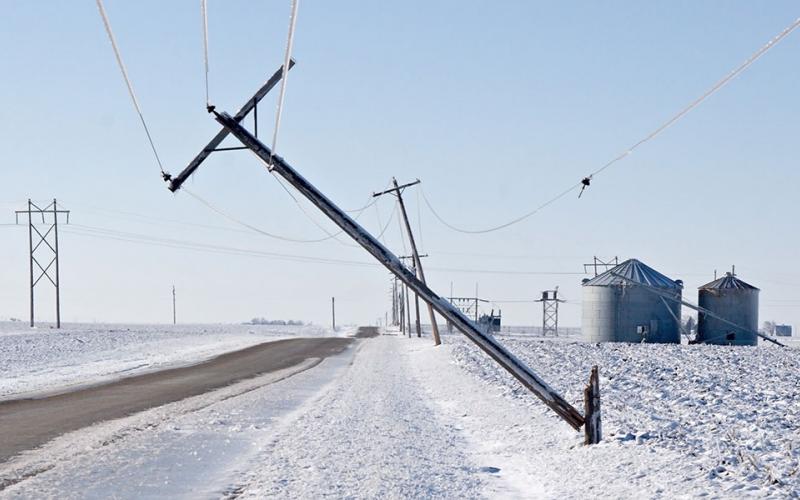
Caring for Animals When the Power Goes Out
Power outages bring with them a different set of circumstances to every animal operation. Questions about animal care and animal health products in the midst of electricity loss should be directed to your veterinarian.
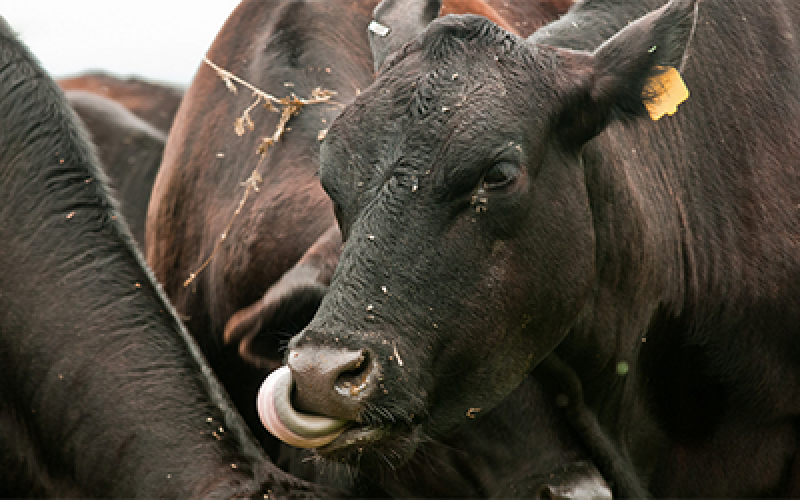
Tuberculosis in Cattle: What You Need to Know
Bovine tuberculosis is a chronic and slowly progressive disease of cattle that emerges periodically in the U.S. Cases of bovine tuberculosis are usually diagnosed on the basis of tell-tale abnormalities found on slaughter inspection.
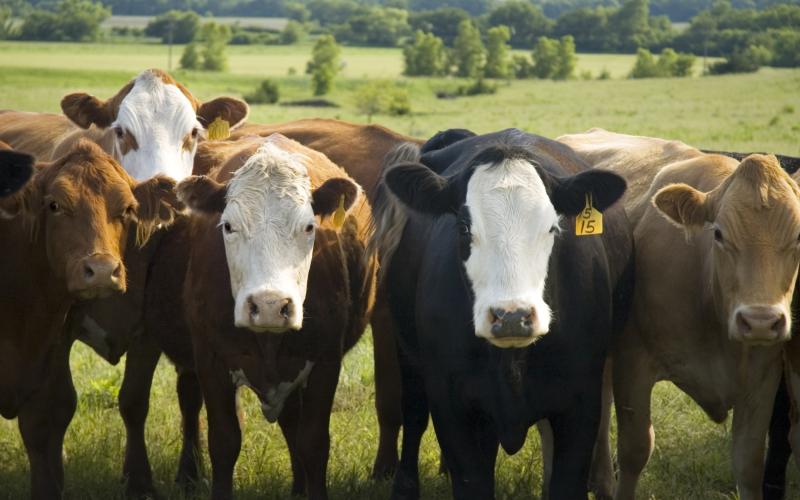
SDSU Extension Seeks Information About Cow Death Losses Across South Dakota
October 16, 2020
A group of SDSU Extension professionals and veterinarians is seeking information on beef cow death losses occurring now through calving season.